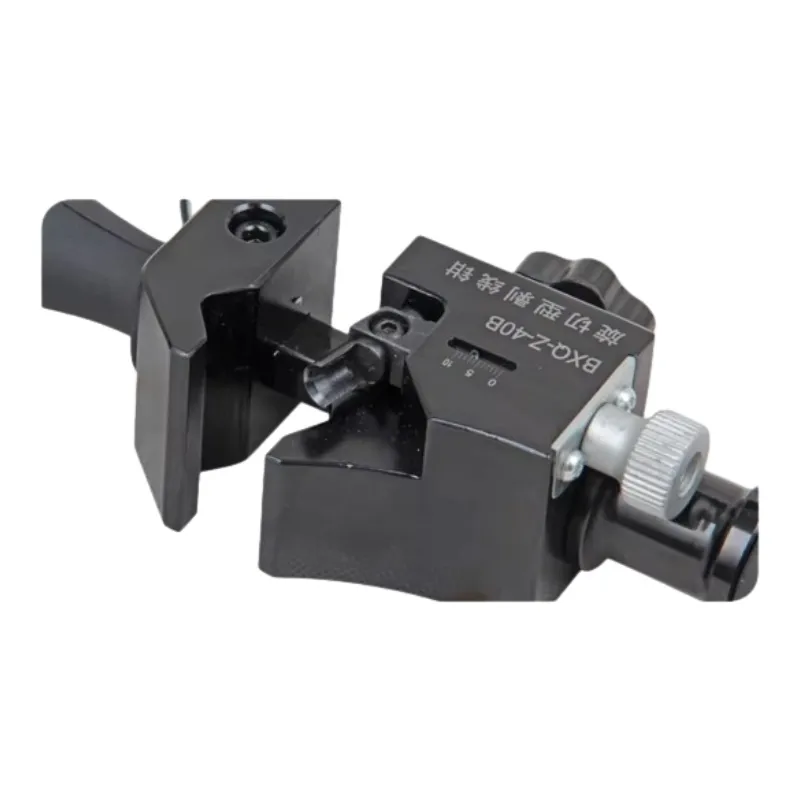
-
 Afrikaans
Afrikaans -
 Albanian
Albanian -
 Amharic
Amharic -
 Arabic
Arabic -
 Armenian
Armenian -
 Azerbaijani
Azerbaijani -
 Basque
Basque -
 Belarusian
Belarusian -
 Bengali
Bengali -
 Bosnian
Bosnian -
 Bulgarian
Bulgarian -
 Catalan
Catalan -
 Cebuano
Cebuano -
 Corsican
Corsican -
 Croatian
Croatian -
 Czech
Czech -
 Danish
Danish -
 Dutch
Dutch -
 English
English -
 Esperanto
Esperanto -
 Estonian
Estonian -
 Finnish
Finnish -
 French
French -
 Frisian
Frisian -
 Galician
Galician -
 Georgian
Georgian -
 German
German -
 Greek
Greek -
 Gujarati
Gujarati -
 Haitian Creole
Haitian Creole -
 hausa
hausa -
 hawaiian
hawaiian -
 Hebrew
Hebrew -
 Hindi
Hindi -
 Miao
Miao -
 Hungarian
Hungarian -
 Icelandic
Icelandic -
 igbo
igbo -
 Indonesian
Indonesian -
 irish
irish -
 Italian
Italian -
 Japanese
Japanese -
 Javanese
Javanese -
 Kannada
Kannada -
 kazakh
kazakh -
 Khmer
Khmer -
 Rwandese
Rwandese -
 Korean
Korean -
 Kurdish
Kurdish -
 Kyrgyz
Kyrgyz -
 Lao
Lao -
 Latin
Latin -
 Latvian
Latvian -
 Lithuanian
Lithuanian -
 Luxembourgish
Luxembourgish -
 Macedonian
Macedonian -
 Malgashi
Malgashi -
 Malay
Malay -
 Malayalam
Malayalam -
 Maltese
Maltese -
 Maori
Maori -
 Marathi
Marathi -
 Mongolian
Mongolian -
 Myanmar
Myanmar -
 Nepali
Nepali -
 Norwegian
Norwegian -
 Norwegian
Norwegian -
 Occitan
Occitan -
 Pashto
Pashto -
 Persian
Persian -
 Polish
Polish -
 Portuguese
Portuguese -
 Punjabi
Punjabi -
 Romanian
Romanian -
 Russian
Russian -
 Samoan
Samoan -
 Scottish Gaelic
Scottish Gaelic -
 Serbian
Serbian -
 Sesotho
Sesotho -
 Shona
Shona -
 Sindhi
Sindhi -
 Sinhala
Sinhala -
 Slovak
Slovak -
 Slovenian
Slovenian -
 Somali
Somali -
 Spanish
Spanish -
 Sundanese
Sundanese -
 Swahili
Swahili -
 Swedish
Swedish -
 Tagalog
Tagalog -
 Tajik
Tajik -
 Tamil
Tamil -
 Tatar
Tatar -
 Telugu
Telugu -
 Thai
Thai -
 Turkish
Turkish -
 Turkmen
Turkmen -
 Ukrainian
Ukrainian -
 Urdu
Urdu -
 Uighur
Uighur -
 Uzbek
Uzbek -
 Vietnamese
Vietnamese -
 Welsh
Welsh -
 Bantu
Bantu -
 Yiddish
Yiddish -
 Yoruba
Yoruba -
 Zulu
Zulu


des . 10, 2024 11:09 Back to list
Understanding the Basics of Electronic Electroscopes and Their Applications in Science
Understanding the Electronic Electroscope A Modern Take on a Classic Instrument
The world of physics and electrical phenomena has long been fascinated by the behavior of charges. One of the classic instruments used to detect and measure electrical charge is the electroscope. The basic principle of an electroscope is simple it shows whether an object is charged or not by detecting the repulsion or attraction between charges. However, with the advancement of technology, a modern version known as the electronic electroscope has emerged, offering enhanced functionality and precision in measuring electrical phenomena.
The Basics of Electroscopes
To understand the electronic electroscope, it's critical to first grasp the fundamentals of traditional electroscopes. Typically made of a metal rod with a pair of thin metal leaves at the bottom, a basic electroscope operates on the principle of charge induction. When a charged object is brought near the metal rod, it can either induce a positive or negative charge in the leaves, causing them to repel or attract, depending on the nature of the charge. This visually demonstrates whether the object is charged and, in some cases, the type of charge present.
Transitioning to Electronic Models
With the advent of electronic components, engineers and scientists began exploring ways to enhance the traditional electroscope. The electronic electroscope incorporates electronic circuitry to provide more accurate readings, better sensitivity, and the ability to display results in various formats, including digital readings. This allows users to quantify the degree of charge rather than just determining its presence or absence.
How the Electronic Electroscope Works
The electronic electroscope still utilizes the fundamental principles of charge detection but integrates them with advanced technology. It typically features a sensitive sensor that can detect minute changes in electric charge. This sensor may utilize components like field-effect transistors (FETs) or capacitive sensors. When a charged object is brought close to the unit, the sensor detects the resulting electric field and converts this into a measurable electrical signal.
electronic electroscope

The information gathered by the sensor is processed by a microcontroller, which can analyze the data and provide readings on a display, usually in volts or microcoulombs. This electronic enhancement not only increases sensitivity but also allows for better calibration and range, making it possible to measure weaker charges that might be beyond the capability of a traditional electroscope.
Applications of Electronic Electroscopes
The applications of electronic electroscopes are vast. In educational settings, they are often used in physics labs to demonstrate principles of electrostatics in a more interactive and visually engaging way. By providing direct readings, students can grasp concepts more effectively, seeing the quantitative aspects of charge and electrical fields.
In research laboratories, electronic electroscopes can be employed for detailed studies of various materials and their charge properties. They find relevance in fields such as material science, where understanding surface charge can influence research on conductivity and dielectric properties.
Moreover, in industrial settings, electronic electroscopes can help in monitoring static charge build-up in environments where electrostatic discharge (ESD) could potentially damage sensitive electronic components. This is particularly vital in semiconductor manufacturing and other high-tech industries.
Conclusion
The electronic electroscope represents a fusion of classic science and modern technology. By building upon the fundamental principles of the traditional electroscope, it offers enhanced accuracy, sensitivity, and functionality. With its ability to produce tangible data and its applications across various sectors, the electronic electroscope stands as a testament to the evolving nature of scientific instruments. As technology continues to advance, the potential for new and innovative applications in charge detection remains vast, ensuring that this tool will continue to be relevant in both education and industry for years to come.
Latest news
The Unique Design of Cable Socks
NewsJun.04,2025
Swivel Connectors in Industrial Automation
NewsJun.04,2025
Safety Features of Link Sticks
NewsJun.04,2025
How to choose the best cable pulling winch for sale
NewsJun.04,2025
Fish tape safety precautions
NewsJun.04,2025
Essential Maintenance Tips for Cable Pulling Tools
NewsJun.04,2025











